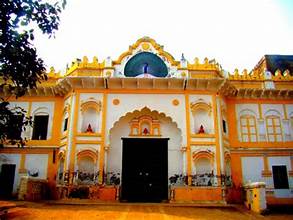Here’s a comprehensive visual guide to traditional Indian royal liquors, categorized by region and princely state, highlighting their unique ingredients, cultural significance, and modern availability.

🏰 Indian Royal Liquors by Region
| Region / State | Liquor Name(s) | Key Ingredients & Features | Modern Availability |
|---|---|---|---|
| Rajasthan | Royal Kesar Kasturi, Jagmohan, Chandr Haas, Mawalin, Ellaichi, Rose, Apple Orange, Saunf | Saffron, cardamom, rose, dry fruits, herbs; traditionally brewed in earthen pots and copper vessels. | Produced by Rajasthan State Ganganagar Sugar Mills Ltd. Available in select outlets and online. |
| Madhya Pradesh | Chandra Haas | 80+ herbs; a royal restorative tonic. | Occasionally reproduced by heritage liquor houses or licensed royal brands. |
| Uttar Pradesh | Hariya, Tharra | Rustic, high-alcohol country liquors with deep cultural roots. | Available in local markets; limited commercial production. |
| Goa | Feni | Cashew apples or coconut toddy; the first Indian alcoholic beverage with Geographical Indication (GI) recognition. | Widely available in Goa; select international markets. |
| Kerala | Le Rhum De Malabaricus | Distilled from the waters of the Bharathapuzha River and a secret blend of Keralite herbs. | Produced by Kerala-based liquor bottler Mohan Menon; available in select outlets. |
| Meghalaya | Kiad Um | Fermented sticky red rice (Kho-so) and medicinal plants; served in bamboo tumblers. | Produced by the Pnar people; available in local markets and cultural festivals. |
| Jharkhand | Mahua | Fermented Mahua flowers; clear liquid with a distinct flowery smell. | Produced by local tribes; available in colored glass bottles in select regions. |
Notes on Production and Availability
Traditional Brewing Methods:
Historically, royal families brewed many of these liquors using age-old techniques in earthen pots and copper vessels. Moreover, they passed down the recipes through generations as closely guarded secrets, preserving their authenticity.
Modern Revival:
In recent years, several royal families and heritage liquor houses have revived these traditional recipes. Consequently, they now produce the liquors in modern distilleries while maintaining the essence of traditional methods.
Cultural Significance:
These liquors go beyond taste—they hold deep cultural and ceremonial importance. In addition to featuring at royal feasts, they often play a central role in rituals and festivals, reflecting their spiritual and traditional value.
Legal Status:
However, government agencies in certain regions strictly regulate or restrict the production and sale of some traditional liquors, especially those with high alcohol content. As a result, their availability depends heavily on local laws and licensing policies.



